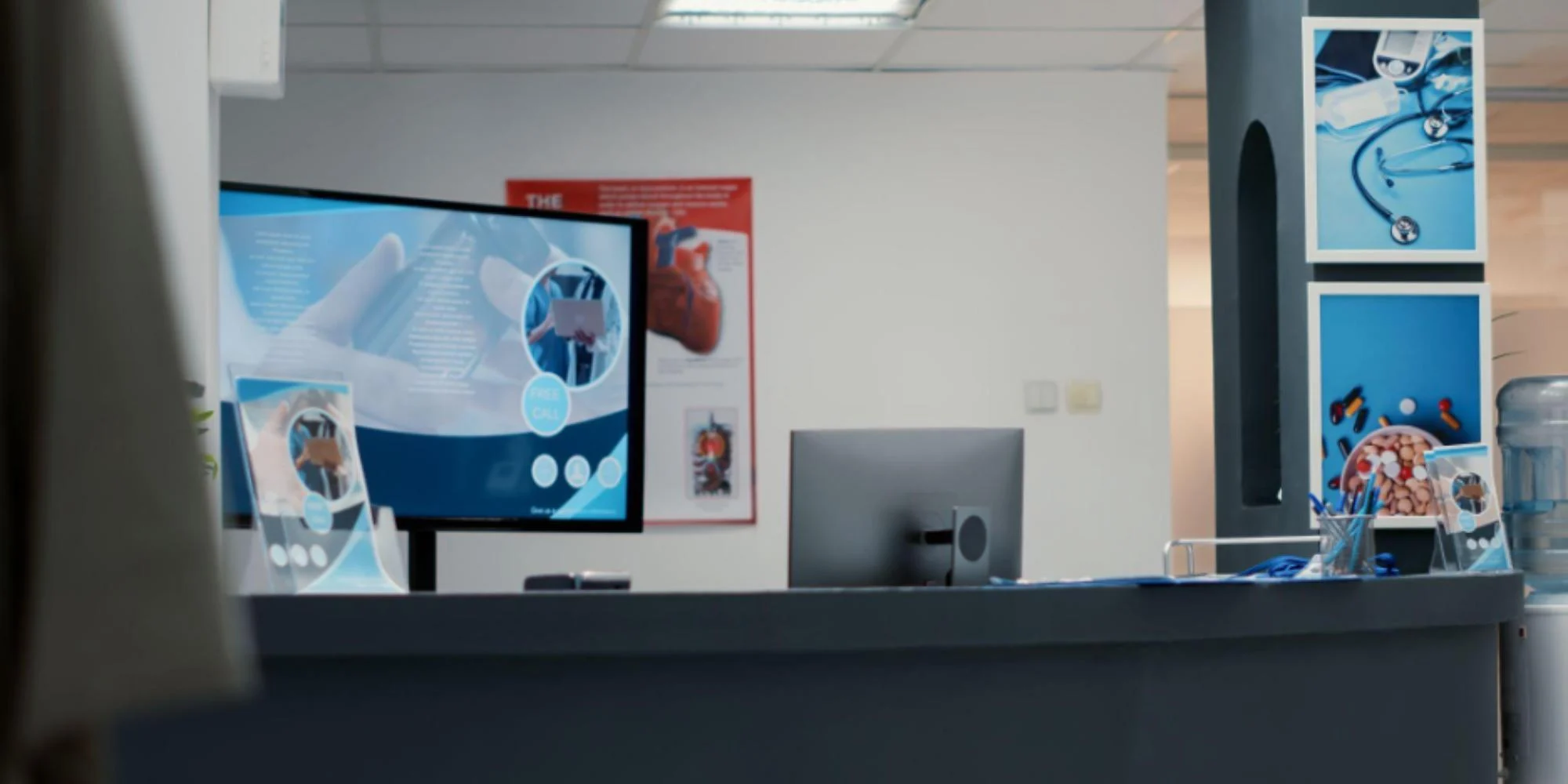Why Digital Signage Is Essential for Modern Healthcare Facilities
In the fast-paced and ever-evolving world of healthcare, digital signage has emerged as a transformative tool, reshaping the way hospitals, clinics, and other medical facilities operate. With growing demand for improved patient experiences, streamlined communication, and real-time information sharing, digital signage is not just a luxury, it’s a necessity in modern healthcare environments.
Enhancing Patient Communication and Engagement
Effective communication is the foundation of any successful healthcare operation. Traditional noticeboards, printed leaflets, and manual signage fall short in addressing the dynamic needs of patients and staff.
The best digital signage empowers facilities to deliver real-time updates, wayfinding assistance, appointment reminders, and health tips, all presented in a visually engaging manner. Waiting rooms equipped with screens that stream wellness content, hospital news, or queue status not only reduce perceived wait times but also enhance patient engagement.
Moreover, multilingual capabilities of digital displays cater to diverse patient populations, ensuring everyone receives the correct and relevant information instantly and in a language they understand.
Streamlining Internal Communication Among Healthcare Staff
Hospitals function through collaboration. Digital signage improves internal communication by providing real-time updates to staff regarding:
- Emergency alerts
- Shift changes
- Facility-wide announcements
- Policy updates
- Training videos or protocols
Instead of relying on emails or bulletin boards that may go unnoticed, digital signage in staff break rooms, nurse stations, and operating wings ensures that all team members are on the same page.
Revolutionizing Wayfinding and Navigation
Navigating large medical facilities can be overwhelming, especially for first-time visitors or those in distress. Digital signage systems, when strategically placed, can serve as interactive wayfinding kiosks or digital maps that:
- Guide patients and visitors to specific departments
- Highlight emergency exits
- Display elevator locations
- Indicate real-time facility navigation based on current conditions (e.g., closed halls)
By integrating with appointment systems and visitor management platforms, these signs personalize the journey, showing tailored directions based on a patient’s appointment location.
Promoting Health Education and Awareness
Healthcare facilities bear the responsibility of promoting public health education. Digital signage becomes an excellent medium to:
- Share preventive care tips
- Highlight vaccination schedules
- Provide mental health advice
- Broadcast seasonal health warnings (e.g., flu season updates)
This not only builds community trust but positions the institution as a proactive wellness advocate. Dynamic content ensures information stays current, relevant, and engaging.
Driving Operational Efficiency and Cost Reduction
Switching from traditional print materials to digital signage significantly reduces costs associated with paper, printing, and labor. Updates to signage can be made remotely and in real time, eliminating delays and printing errors.
In emergency scenarios, digital signage is invaluable. Instant updates across all facility screens help disseminate critical information whether it’s a fire drill, evacuation notice, or lockdown alert ensuring timely and coordinated responses.
Improving Patient Satisfaction Scores
Hospitals are increasingly being evaluated on patient satisfaction scores. One of the key complaints among patients is poor communication or unclear directions. By using digital signage, healthcare facilities can address these concerns through:
- Clear, visible directions and instructions
- Informative content that reassures and educates
- Real-time updates on appointments and wait times
- Personalized greetings or welcome messages
This not only improves patient satisfaction but boosts HCAHPS (Hospital Consumer Assessment of Healthcare Providers and Systems) scores, which can impact funding and reputation.
Enhancing Branding and Institutional Identity
Beyond functionality, digital signage is a branding powerhouse. Custom-designed content that showcases your hospital’s mission, achievements, partnerships, and patient success stories helps build a strong brand presence.
Lobby screens, donor walls, or interactive heritage timelines can connect patients emotionally to the institution, reinforcing trust and community loyalty.
Adapting to Future Healthcare Needs with Scalable Technology
Healthcare is moving toward more data-driven, patient-centric care. Digital signage integrates easily with:
- Electronic Health Record (EHR) systems
- Mobile apps
- IoT devices
- AI-powered analytics
This means facilities can display personalized content based on appointment data, demographic insights, or real-time visitor flow. The scalability of digital signage solutions ensures they can adapt to growing facility needs and changing technologies with minimal investment.
Ensuring Compliance and Regulatory Alignment
Regulatory compliance is critical in the medical industry. Digital signage helps enforce protocols and ensure patients and visitors are consistently informed about:
- COVID-19 precautions
- Hand hygiene protocols
- HIPAA-compliant information-sharing practices
- Mandatory check-ins or screenings
This proactive approach enhances safety and reduces liability risks by clearly communicating guidelines throughout the facility.
Conclusion
From improving patient experience to enhancing internal coordination and compliance, digital signage is no longer an optional upgrade; it is an essential investment for every modern healthcare facility. It bridges communication gaps, streamlines operations, reduces costs, and elevates the standard of care.
Healthcare institutions that embrace digital display today are not just preparing for the future, they are leading it.

